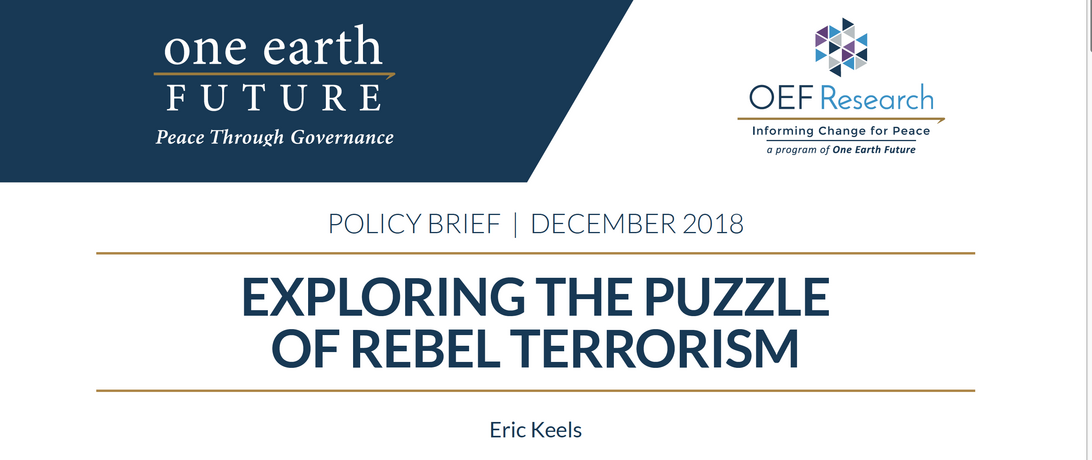
The decision by rebel groups to employ terrorism is influenced, in part, by the structure of rebel organizations as well as the strategic environment in which they operate. Rebel groups are more likely to use terrorism when they have close ties to vulnerable communities and are able to use media coverage of attacks to highlight their goals to their constituents. By understanding the strategic and organizational factors that lead to terrorism in war, conflict affected states and international stakeholders can take steps to reduce this form of violence.
Key Findings
- Though terrorism is a ‘weapon of the weak,’ it is a costly strategy for rebel groups as it may alienate possible supporters.
- Terrorism perpetrated by rebel groups is often the product of the organizational structure of insurgents and the strategic environment in which dissidents operate. Rebels use terrorism at a greater rate when they maintain parallel political wings that can reframe the media coverage of attacks to highlight the goals of their larger revolutionary struggle. This depends heavily, though, on the ability of the press to independently cover terrorist violence.
- Rebels that maintain political wings that have built close ties with vulnerable communities will avoid terrorism when there is no way for them to reframe violence.